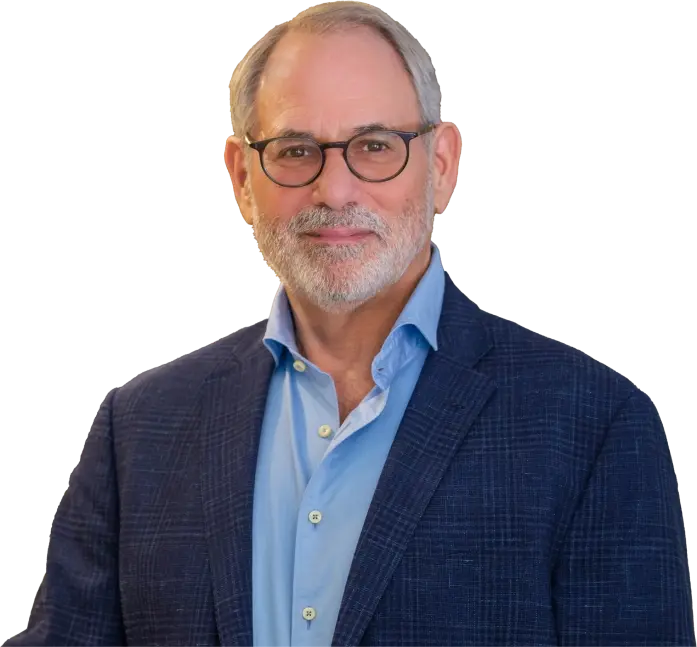Unlocking Senior Living Sales Through the Power of Connection
essential work of selling possibility and hope.”
Transforming the Senior Living Sales Industry
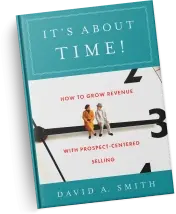
It's About Time
The definitive guide and history
of Prospect-Centered Selling®
Sales Academy Member Community
A professional learning group devoted to helping more seniors "get ready"

Time To Get Ready
Dive deep into the sales process
in this industry documentary
The Gatesworth
A US News and World Report
Best Independent Living Center
Mastering the art of human connection
David A. Smith started with a mission to fill his first senior living community, The Gatesworth, an award-winning ideal for independent living.
What he learned right away, and has since studied for almost 40 years, is that he needed to turn deep-seated fear and resistance into a successful sale.
He developed and implemented a Prospect-Centered Selling® methodology that has since become golden standard for empathy and connection in sales.
How do we transform lives and bring the benefits of senior living to more people?
Inspire Change with Empathy and Connection.
In It’s About Time!, David Smith chronicles his thirty-plus-year journey as an owner, operator, and sales leader in senior living. His field-tested technique, Prospect-Centered Selling®, is based on a theoretical model adapted from the psychology of change. It’s a strategy supported by data-driven metrics and a purpose-built CRM platform called Sherpa.
David’s methodology is disrupting the universally accepted speed-to-lead paradigm. This book provides case studies and is a step-by-step guide that will show you how to double your close rates, drive higher occupancies, and achieve faster fills. It will not only boost your performance, but it will also help hundreds of thousands more people get ready for a new and vibrant chapter in their lives.
Be heroic. It’s time. Come join us.

PRAISE from early readers

David A. Smith has written an extremely important and practical book that should be a must-read for all senior living professionals, not just those involved in marketing and sales. This book will enlighten all, even those who have worked in the profession for many years who think they understand all they need to know about selling to seniors.
David Schless
President, American Seniors Housing Association, Washington, DC

David Smith is a giant in the senior living sales space. He invented Prospect-Centered Selling (PCS) to show our industry how to sell people a product they really didn’t want, and I mean REALLY didn’t want, but one they desperately needed. Because of Prospect-Centered Selling, we improved our sales closing ratios, and our sales consultants found a new fondness for the sales process. It gave our sales consultants purpose.
Richard Westin
CEO, Agemark, San Francisco, CA
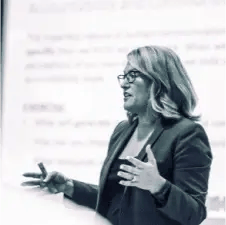
David is a visionary in the senior housing field. I had the pleasure of working in the trenches to learn from him while he filled communities in both Chicago and Texas over twenty years ago. Since then, I have incorporated many of his philosophies and techniques into my own consulting and coaching style. I highly recommend his sales approach and his book.
Kristin Kutac Ward
Founder and CEO, Solutions Advisors and Solvere, Saint Petersburg, FL
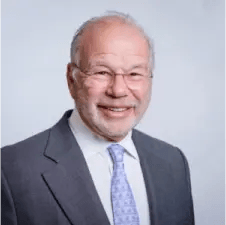
I was captivated after hearing David Smith present at a national conference. He spoke about what to do with a prospect and/or family member who came to check it out but wasn’t sure whether a move was in their best interests. I found it refreshing to hear someone address that critical issue. His prospect-centered methodology soon became the governing sales technique of our company. Now, twenty years later, Balfour has continued to use this innovative and still-unique approach to sales and marketing, and its occupancy at all communities consistently exceeds that of its competitors by 5–10 percent, averaging consistently 95–100 percent.
Michael Schonbrun
Founder and CEO, Balfour Senior Living, Louisville, CO
PRAISE from early readers

David Schless
President, American Seniors Housing Association, Washington, DC

David Smith is a giant in the senior living sales space. He invented Prospect-Centered Selling (PCS) to show our industry how to sell people a product they really didn’t want, and I mean REALLY didn’t want, but one they desperately needed. Because of Prospect-Centered Selling, we improved our sales closing ratios, and our sales consultants found a new fondness for the sales process. It gave our sales consultants purpose.
Richard Westin
CEO, Agemark, San Francisco, CA
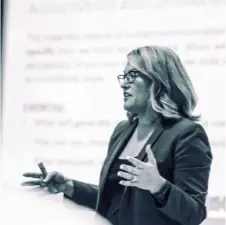
David is a visionary in the senior housing field. I had the pleasure of working in the trenches to learn from him while he filled communities in both Chicago and Texas over twenty years ago. Since then, I have incorporated many of his philosophies and techniques into my own consulting and coaching style. I highly recommend his sales approach and his book.
Kristin Kutac Ward
Founder and CEO, Solutions Advisors and Solvere, Saint Petersburg, FL
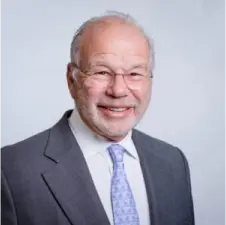
Michael Schonbrun
Founder and CEO, Balfour Senior Living, Louisville, CO
Back to where it all started: The Gatesworth
David’s journey in Prospect-Centered Selling began at The Gatesworth, one of the first senior living projects of its kind. Now a thriving community, David is returning to his roots to share his new documentary, Time to Get Ready. It follows the lives of two very different individuals as they process the decision to move away from familiar “homes” into a senior community. They share everything from their initial emotional resistance to finally making a logical decision to improve their quality of life as part of a senior community. All with the help and support of an incredible team of leasing counselors who understand the value of Prospect-Centered Selling.
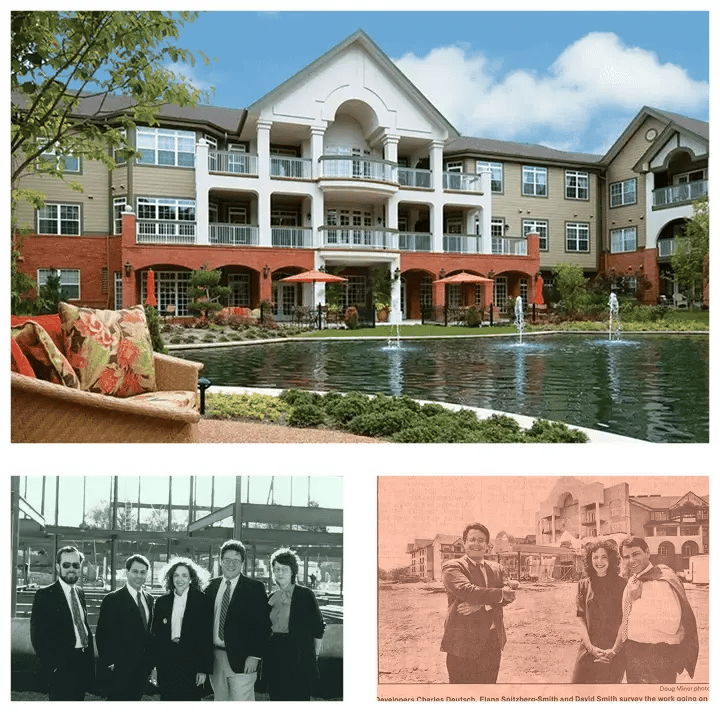
From a Dream to Reality
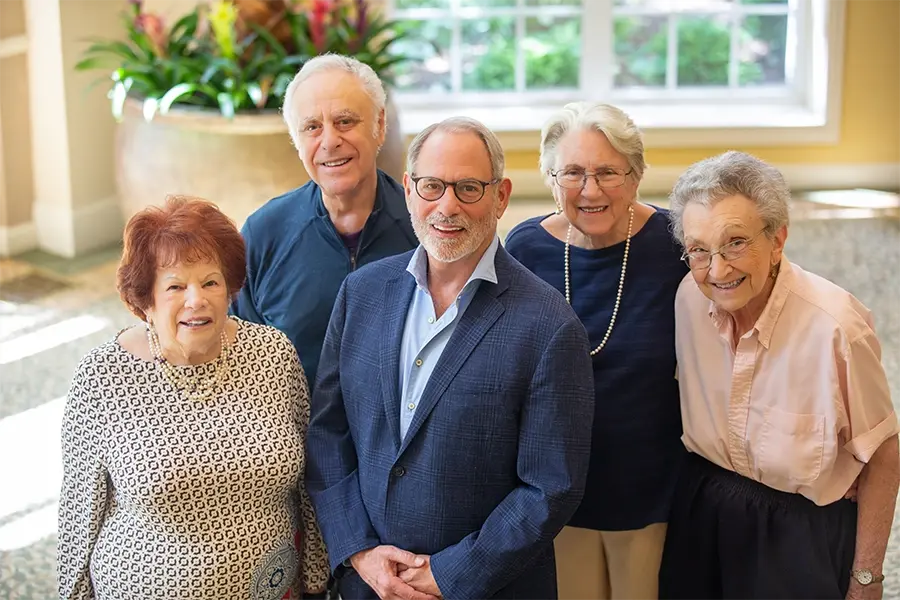
About David Smith
DAVID A. SMITH is a fearless entrepreneur, developer, producer, author and attorney. At thirty-five, he became a developer, co-owner, and manager of The Gatesworth, McKnight Place, and Park Provence, senior living communities nationally recognized for innovation and quality services. David spent decades mastering the senior housing sales process at his own properties as well as dozens of third-party consulting sites. He co-founded Sherpa, a SaaS-based CRM and sales enablement platform that brings empathy and the science of Prospect-Centered Selling to life.
Author of It’s About Time!, David is passionate about teaching, training, and mentoring colleagues, including hands-on sessions in the sales office to ensure his approach stays fresh, effective, and compassionate.
A true visionary, David embarked on storytelling to honor and share the emotional journey both prospects and sales professionals embark on in their quest for a better quality of life. The documentary film, Time to Get Ready, is a tribute to the impact his legacy is having in the lives of others to this day.
If you’d like to get in touch, contact him at david@oneonone.com.
